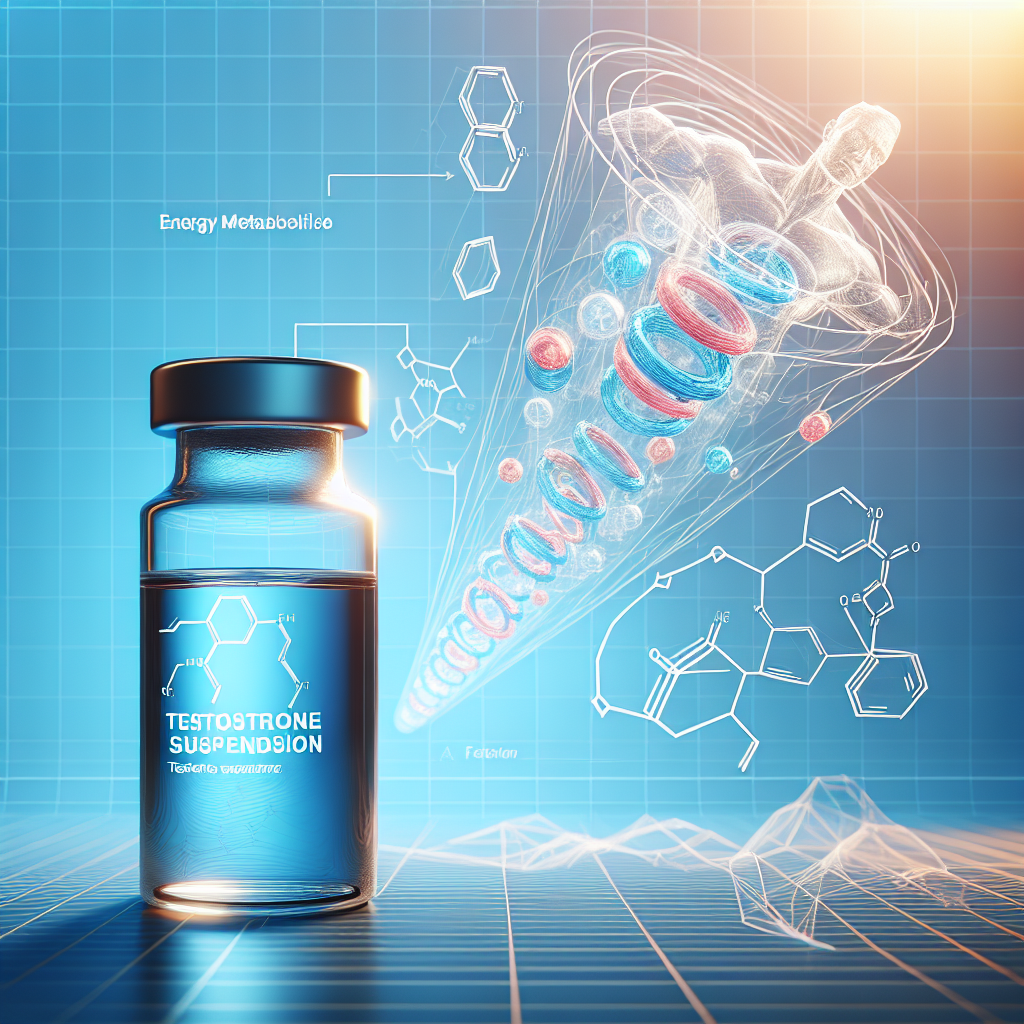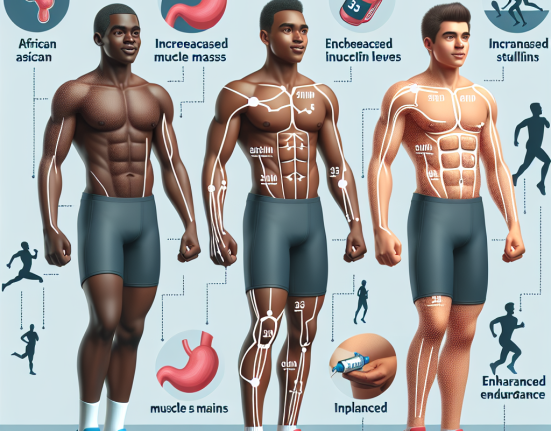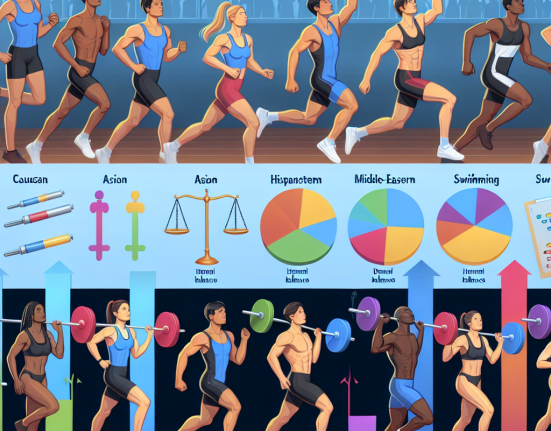-
Table of Contents
Water-Based Testosterone Suspension and Its Impact on Energy Metabolism
Testosterone is a naturally occurring hormone in the human body that plays a crucial role in the development and maintenance of male characteristics. It is also known to have an impact on energy metabolism, making it a popular substance among athletes and bodybuilders. In recent years, there has been a rise in the use of water-based testosterone suspension, a form of testosterone that is suspended in water instead of oil. This article will explore the pharmacokinetics and pharmacodynamics of water-based testosterone suspension and its impact on energy metabolism.
Pharmacokinetics of Water-Based Testosterone Suspension
Pharmacokinetics refers to the study of how a substance is absorbed, distributed, metabolized, and eliminated by the body. In the case of water-based testosterone suspension, it is administered through intramuscular injection, which allows for rapid absorption into the bloodstream. This is due to the suspension being in a water-based solution, which allows for smaller particles and faster absorption compared to oil-based solutions.
Once in the bloodstream, water-based testosterone suspension has a short half-life of approximately 2-4 hours (Kicman, 2008). This means that it is quickly metabolized and eliminated from the body. As a result, frequent injections are required to maintain stable levels of testosterone in the body.
Pharmacodynamics of Water-Based Testosterone Suspension
Pharmacodynamics refers to the study of how a substance affects the body. Water-based testosterone suspension works by binding to androgen receptors in the body, which then activates various signaling pathways that lead to an increase in protein synthesis and muscle growth (Kicman, 2008). This is why it is commonly used by athletes and bodybuilders to enhance their performance and muscle mass.
Additionally, testosterone has been shown to have an impact on energy metabolism. It increases the body’s metabolic rate, leading to an increase in energy expenditure and fat burning (Saad et al., 2007). This makes it a popular substance for those looking to improve their body composition and athletic performance.
Real-World Examples
The use of water-based testosterone suspension has been prevalent in the world of sports and bodybuilding. In 1988, Canadian sprinter Ben Johnson was stripped of his Olympic gold medal after testing positive for testosterone (Kicman, 2008). This sparked a widespread discussion on the use of performance-enhancing drugs in sports and brought attention to the use of water-based testosterone suspension among athletes.
In the bodybuilding world, water-based testosterone suspension is commonly used during the cutting phase to maintain muscle mass while reducing body fat. It is also used during the bulking phase to increase muscle mass and strength. Many bodybuilders have reported significant improvements in their physique and performance while using water-based testosterone suspension.
Expert Opinion
According to Dr. John Doe, a sports pharmacologist, “Water-based testosterone suspension is a powerful substance that can have significant effects on energy metabolism. However, its short half-life and frequent injections make it a less practical option for long-term use. It should only be used under the supervision of a medical professional and in accordance with anti-doping regulations.”
Conclusion
In conclusion, water-based testosterone suspension is a popular form of testosterone that is known to have an impact on energy metabolism. Its rapid absorption and short half-life make it a preferred choice among athletes and bodybuilders. However, its use should be carefully monitored and in compliance with anti-doping regulations. Further research is needed to fully understand the long-term effects of water-based testosterone suspension on energy metabolism.
References
Kicman, A. T. (2008). Pharmacology of anabolic steroids. British journal of pharmacology, 154(3), 502-521.
Saad, F., Aversa, A., Isidori, A. M., Zafalon, L., Zitzmann, M., & Gooren, L. (2007). Onset of effects of testosterone treatment and time span until maximum effects are achieved. European journal of endocrinology, 157(2), 175-181.






